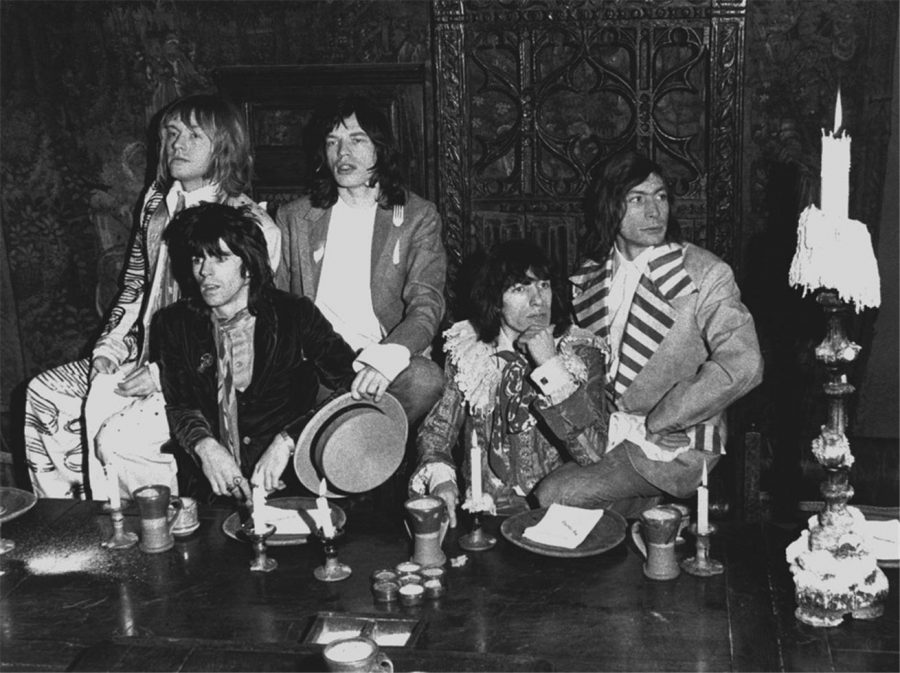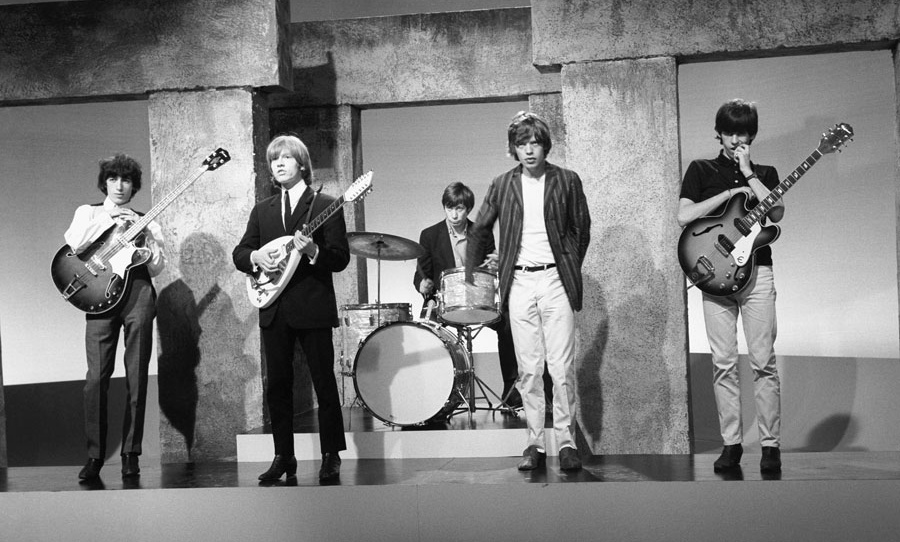One of the most controversial songs in rock history doesn’t go without its fair share of secrets. This is the tale of Sympathy For The Devil.
Since 1964, the songwriting partnership between Mick Jagger and Keith Richards has been controversial, innovative, and legendary. Throughout the turbulent political mire of the ’60s, The Rolling Stones both shied away from their adversity and attacked it head-on.
For instance, when Street Fighting Man was released, various radio stations banned the track due to the racial and student protests it helped inspire. As you can imagine, when The Rolling Stones released Sympathy For The Devil all hell broke loose, cementing the legacy of their most iconic song.

Sure, presenting yourself as the devil to the public might be pretty daring, but Mick Jagger pulled it off with style and not a second thought. Declaring his inner demon “a man of wealth and taste”, Jagger confessed to being the culprit of some of the most wicked deeds in history. Leading the Nazi blitzkrieg raid, spurning the Russian revolution, assassinating JFK, and encouraging Jesus’ crucifixion – that one’s a no brainer – all with a suave backing choir seemed like a jolly old gag to Mick Jagger.
But how much do we really know about Sympathy For The Devil? Here are the song’s darkest secrets.
Birth of the Devil
In 1967, The Rolling Stones were under fire from the press, religious leaders, parent groups, and government officials on a variety of moral corruption charges. The most extreme claim was that the Rolling Stones supported Satanism. Ridiculous in hindsight, though the band had just come out with Their Satanic Majesties Request.
The Rolling Stones sealed their fate the following year with Sympathy For The Devil. Mick Jagger drew the central lyrical inspiration from a collection of sources that he stumbled upon in 1968, explaining:
“When that song was written, it was a time of turmoil. It was the first sort of international chaos since World War II. And confusion is not the ally of peace and love. You want to think the world is perfect. Everybody gets sucked into that.”
One known reference point is the writing of French poet Charles Baudelaire. Another major and more obvious influence is Russian author Mikhail Bulgakov’s novel The Master And The Margarita. Jagger’s girlfriend at the time, Marianne Faithfull, gifted it to him.
Bulgakov’s book is hailed for its ability to seamlessly blend fantasy with social satire. For example, he compares the life of Jesus Christ to that of an artist in Soviet Russia cast against a backdrop of arbitrary arrests and mental hospitals.
This concept of reverse values and the confusion of reality is prevalent within the lyrics of Sympathy For The Devil. The cops are all criminals and all the “sinners saints”. He even references the pain of Jesus Christ and his “moment of doubt.”
Another influence in the composition of the lyrics is Bob Dylan. By referencing major moments in history such as the execution of the Romanov family in 1917, the October Revolution, WWII and, the assassination fo the Kennedy Brothers, Jagger assumes a Dylanesque poetic verse heightened by the elucidation of archetypal figures as a focal anchor.
In reality, the essence of Sympathy For The Devil is no different from that of Gimme Shelter. The philosophy of peace and love remains as true as ever as the political instability as war efforts of 1960s America bled into the ’70s.
Capturing the devil
It’s logical to assume that the Jagger/Richards songwriting partnership is divided so that Mick pens the lyrics and Keith would track the music, however, this was rarely the case.
In this instance, Mick Jagger wrote both the lyrics and the music to Sympathy For The Devil. Keith Richards major influence was assisting Jagger in determining the rhythm.
“I was just trying to figure out if it was a Samba or a goddam folk song,” Richards recalled in 2002. “Sympathy’ is quite an uplifting song. It’s just a matter of looking the Devil in the face. He’s there all the time. I’ve had very close contact with Lucifer – I’ve met him several times. Evil – people tend to bury it and hope it sorts itself out and doesn’t rear its ugly head.”
Another crucial addition to the song came from Keith Richard’s girlfriend Anita Pallenberg – previously Brian Jones girlfriend – stopped by the studio.
“Anita was the epitome of what was happening at the time. She was very Chelsea. She’d arrive with the elite film crowd,” says Stones producer Jimmy Miller.
After 32 takes of the folk rendition, they gave it a spin with a Samba beat and Anita Pallenberg began singing “Whoo-whoo” in the booth. The Stones immediately took a shine to it and eventually recorded the part as a gang vocal with Palenberg, Keith Richards, Brian Jones, Bill Wyman, Marianne Faithfull and Jimmy Miller.
The creation of Sympathy For The Devil is remarkably captured in Jean-Luc Godard’s film of the same name. The movie exquisitely documents the evolution of the song as it slowly incorporates elements of Brazilian dance. Jagger and Richards are seen running the show with flair and passion while Brian Jones sits alone in an acoustic booth for much of the session.
Aftermath
When Beggars Banquet hit the shelves on December 6, 1968, the world was astir. With the assassination of Bobby Kennedy exactly six months earlier Jagger’s lyrics took on a whole new meaning. Critics and fans alike began calling the band ‘devil worshippers’ or ‘messengers for lucifer’. Of course, this was great for publicity and went on to calcify the song as one of the Stones’ immortal tracks.
On the devil, however, perhaps Keith Richards should have the last word:
“When that song was written, it was a time of turmoil. It was the first sort of international chaos since World War II. And confusion is not the ally of peace and love. You want to think the world is perfect. Everybody gets sucked into that. And as America has found out to its dismay, you can’t hide. You might as well accept the fact that evil is there and deal with it any way you can. Sympathy for the Devil is a song that says, Don’t forget him. If you confront him, then he’s out of a job.”
Speaking of controversial band moments, check out The Rolling Stones being absolute menaces to society below!



